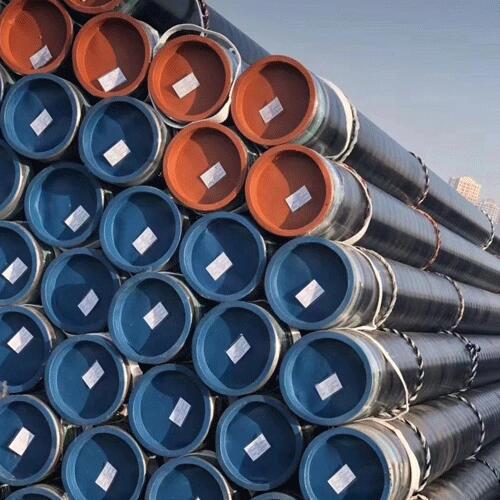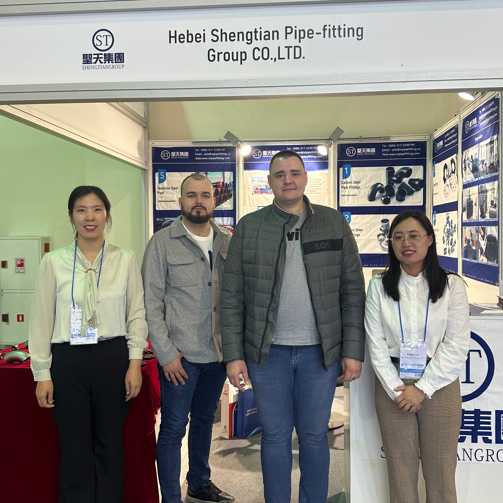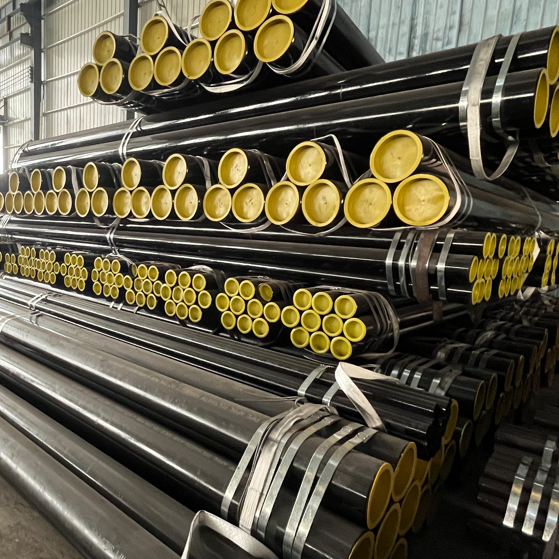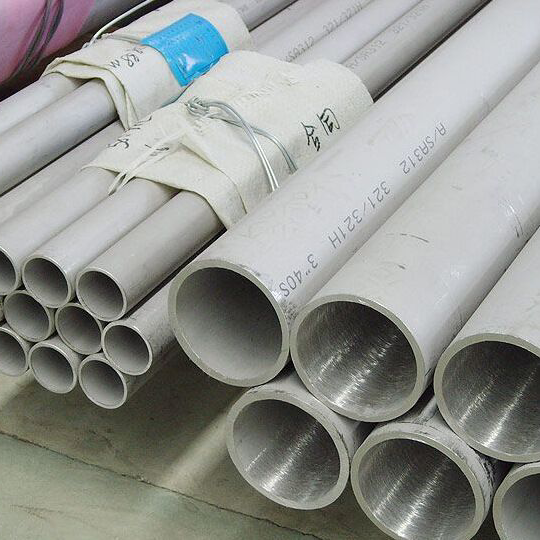Low temperature quenching: Low temperature quenching is a heat treatment method that slowly cools seamless steel pipes after heating them to a lower temperature. This method can reduce the overheating phenomenon on the surface of seamless steel pipes, thereby reducing the risk of deformation and cracking.
Medium temperature quenching: Medium temperature quenching is a heat treatment method that slowly cools seamless steel pipes after heating them to medium temperature. This method can enhance the hardness and wear resistance of seamless steel pipes, but it also increases the risk of deformation and cracking.
High temperature quenching: High temperature quenching is a heat treatment method that rapidly cools seamless steel pipes after heating them to high temperature. This method can improve the hardness and wear resistance of seamless steel pipes, but it requires strict control of heating time and cooling speed to avoid deformation and cracking of seamless steel pipes.
In summary, selecting appropriate heat treatment methods and controlling the parameters during the heat treatment process are the key to preventing deformation and cracking of seamless steel pipes.
 ASTM A106 Thick-walled steel pipe production steps
ASTM A106 Thick-walled steel pipe production steps
 Shengtian Group successfully participated in the Russian Oil and Gas Exhibition
Shengtian Group successfully participated in the Russian Oil and Gas Exhibition
 Is API 5L Black Steel Pipe Good For Air Lines?
Is API 5L Black Steel Pipe Good For Air Lines?
 8 differences between ASTM A312 304 and 316 stainless steel pipes
8 differences between ASTM A312 304 and 316 stainless steel pipes